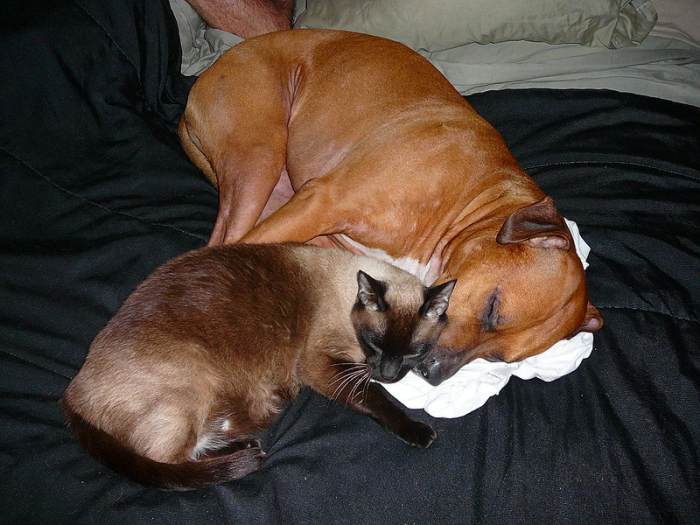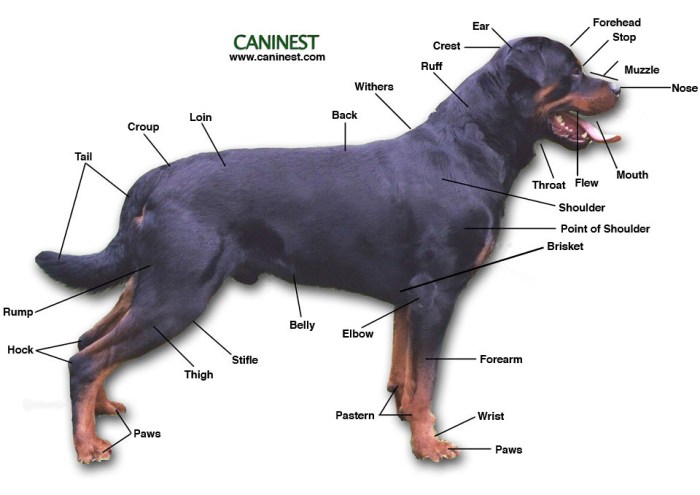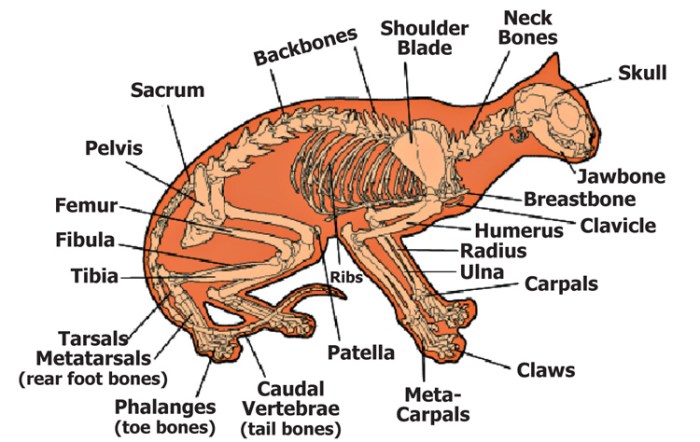Embark on an educational adventure with the Basic Canine and Feline Anatomy Crossword, a captivating resource designed to enhance your understanding of the intricate anatomy of our beloved companions. This crossword puzzle delves into the skeletal, muscular, and digestive systems of both dogs and cats, providing a comprehensive and engaging learning experience.
Through a series of expertly crafted clues, this crossword puzzle challenges you to identify and comprehend the fundamental anatomical structures and functions of these fascinating animals. Prepare to expand your knowledge, test your skills, and deepen your appreciation for the remarkable adaptations that enable our canine and feline friends to thrive.
Basic Canine Anatomy

The canine skeletal system provides support, protection, and facilitates movement. It consists of 321 bones, including the skull, vertebrae, ribs, pelvis, and limbs. The muscular system comprises over 700 muscles that work in conjunction with the skeletal system to produce movement, maintain posture, and generate heat.
Canine Digestive System
The canine digestive system is responsible for breaking down food into nutrients that can be absorbed into the bloodstream. It begins with the mouth, where teeth tear and grind food. Saliva contains enzymes that begin the chemical breakdown of carbohydrates.
Food then passes through the esophagus to the stomach, where it is mixed with gastric juices and churned. From the stomach, partially digested food moves to the small intestine, where enzymes from the pancreas and bile from the liver further break it down.
Nutrients are absorbed through the walls of the small intestine into the bloodstream. Undigested material passes into the large intestine, where water is absorbed, and bacteria ferment remaining carbohydrates. The remaining waste is excreted as feces.
Basic Feline Anatomy

The feline skeletal system is similar to that of canines, but with some notable differences. Cats have 230 bones, fewer than dogs, and their bones are generally lighter and more flexible. The feline muscular system is also similar to that of canines, but cats have a higher proportion of fast-twitch muscle fibers, which gives them greater speed and agility.
Feline Digestive System
The feline digestive system is shorter than that of canines, reflecting their carnivorous diet. The stomach is smaller and more acidic, and the small intestine is shorter. Cats also have a unique organ called the cecum, which helps to ferment plant material.
Comparative Canine and Feline Anatomy: Basic Canine And Feline Anatomy Crossword

Skeletal System
Dogs have a more robust skeletal system than cats, with larger and heavier bones. This is due to their larger size and the fact that they are more active than cats. Dogs also have a longer tail than cats, which helps them to balance and steer while running.
Muscular System, Basic canine and feline anatomy crossword
Dogs have a higher proportion of slow-twitch muscle fibers than cats, which gives them greater endurance. Cats, on the other hand, have a higher proportion of fast-twitch muscle fibers, which gives them greater speed and agility.
Digestive System
The canine digestive system is longer than that of felines, reflecting their omnivorous diet. Dogs can digest a wider variety of foods than cats, including plant material. Cats, on the other hand, are obligate carnivores and their digestive system is adapted to digest meat.
FAQ Guide
What is the purpose of the Basic Canine and Feline Anatomy Crossword?
To enhance understanding of canine and feline anatomy through an engaging and educational crossword puzzle.
What anatomical systems are covered in the crossword puzzle?
Skeletal, muscular, and digestive systems.
Is the crossword puzzle suitable for both beginners and experienced learners?
Yes, the puzzle is designed to accommodate a range of knowledge levels, providing challenges and learning opportunities for all.